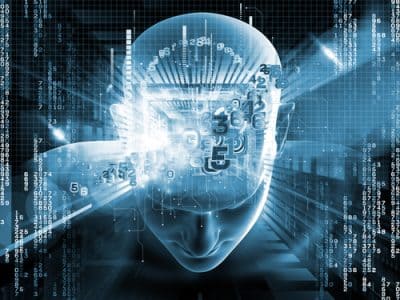Nowadays, when the technologies are developing very fast, there is not much to do than sitting and following. Artificial Intelligence is about to take our will and decide everything for us. But is it possible or is it required? Everyone has its own opinion. And now, a new type of artificial intelligence will be using its brain to mapping earthquake aftershocks.
Although it’s impossible to predict an upcoming earthquake, mother of nature is unexpectable, these machines may be an option for us to be readier for that kind of situations.
After the year of 1992, when a series of earthquakes shook the Southern California town of Lenders and other nearby communities, a series of temblors started to be interested in trying to map out where exactly an aftershock might take place. However, many fault orientations in the subsurface can be as complicated as a 3-dimensional crazy quilt and stressed can push on the faults from many different directions at once.
In the matter of fact, earthquake scientist from Harvard University, Phoebe Devries and colleagues fed data on more than 130K mainshock-aftershock pairs into an AI. It included not only locations and magnitudes but a different measure of stress changes as well. The AI predicted aftershock locations much better than the Coulomb failure criterion.
Per Devries, aftershocks may also be triggered by a more ephemeral source of stress known as dynamic stress, produced by a quake’s rumbling through the ground.
Another question is whether a forecast that uses such an AI could jump into action fast enough after a quake for its aftershocks predictions to be helpful. The predictions in the new study benefited from a lot of information about which faults slipped and by how much. In the immediate aftermath of a big quake, such data wouldn’t be available for at least a day.
In conclusion, clearly, new technology will mechanize a large number of activities. Innovation requires labor markets to shift and people – or their offspring – to retrain. Someday, AI will replace most of it, but not all of it.






